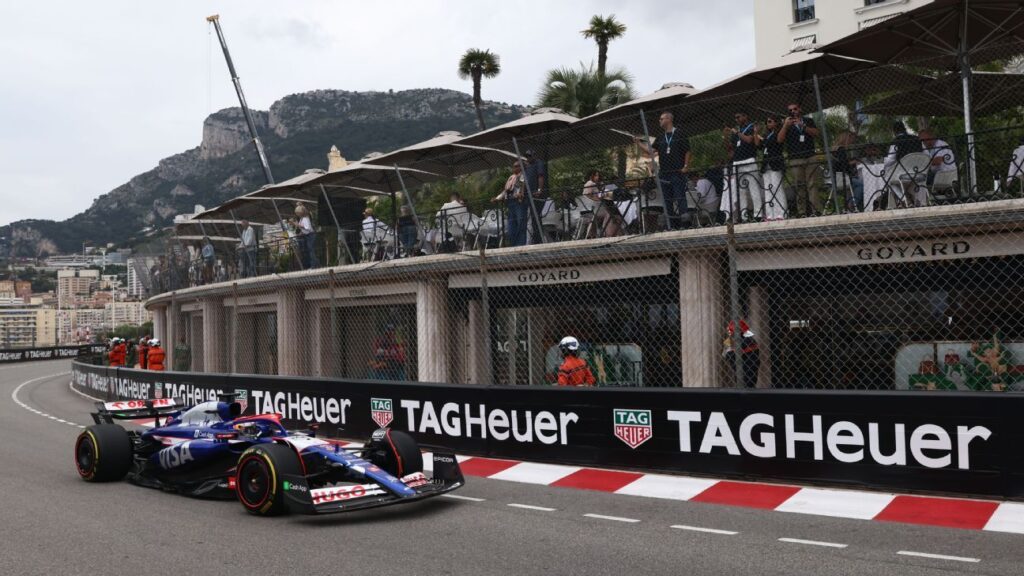F1 Grapples with the Duality of the Iconic Monaco Grand Prix
As the Formula 1 calendar reaches its prestigious Monaco Grand Prix, the duality of this iconic event is once again brought to the forefront. While qualifying for the Monaco Grand Prix is widely regarded as one of the standout moments in a Formula One season, the often-processional race that follows on Sunday is often considered one of the worst.
Lewis Hamilton, a four-time winner of the grand prix and Monaco resident, is a strong advocate for a format change. “Do you guys not fall asleep on Sunday watching the race?” he asked the media ahead of this weekend’s event. “I don’t know how you do it.” Like most in F1, Hamilton’s reservations about the final product do not diminish his love for what the event means and what it stands for. His boyhood idol Ayrton Senna is as synonymous with the race as the yachts that line the harbour throughout the three days of track action.
“I always feel when you look into the harbour, you look over this place and you think about the history, it just blows you away,” Hamilton said. “I remember watching on TV as a kid, dreaming of going through that tunnel where Ayrton was. It is very, very surreal to think today that I’m one of the 20 to do it. Even though it’s been so many years and I’ve been doing it for so long, I think I was really grateful for that moment this morning to feel that.”
Monaco’s race certainly looks like no other. The yachts lining the harbour form an iconic backdrop, as do spots such as the hairpin at Casino Square and the famous tunnel section. The circuit has remained largely unchanged in its long history as a world championship race — only the COVID-19 pandemic in 2020 interrupted a run of races stretching back to 1955.
The Thrill of Qualifying
The 3.337-kilometre circuit is the shortest in the championship. Its narrow roads, lined with barriers on either side from start to finish, have made qualifying one of the most revered and anticipated days of the year. “One of the best moments of the season, I agree on that,” two-time race winner Fernando Alonso said of Saturday’s qualifying. “Maybe only Sunday is the bad day, let’s call it! There’s not much you can do [about that]. Could be a little bit boring as well, you just need to bring the car home and things like that.”
“It’s the only qualifying of the season you go through corners at a speed you’ve never been before, so it’s a total guess and total commitment,” Alonso said. “Adrenaline is very high.”
Drivers spend the week’s three practice sessions, each one hour long, building up the confidence to attack the circuit flat out in qualifying. It is all or nothing, with the faintest graze against the wall enough to ruin the whole event and consign a driver to the back of the grid for a long and frustrating race on Sunday.
“The highs are high and the lows are low because you know that if you qualify bad, the weekend’s pretty much done,” Daniel Ricciardo said ahead of this year’s race. “You can only be so optimistic on a track that doesn’t really allow overtaking. That’s why quali is such a powerful feeling around here, and when you do the lap it’s just this crazy, crazy feeling of awesomeness. It’s just fun.”
Exploring Format Changes
Monaco is no longer F1’s only street circuit — the likes of Singapore and Las Vegas have joined in recent times — but the satisfaction of hooking up a good lap remains unparalleled.
Hamilton feels something completely different should be considered for Monaco, especially given the size of modern F1 cars.
“Monaco continues to be… it’s Monaco, it’s not really changed much,” he said. “The cars are getting bigger. You can’t really overtake without the risk of colliding. I wish we had more, bigger roads, and the track could be wider, but I don’t think that’s ever going to be the case in Monaco because it’s just a small place.”
Ricciardo suggested F1 should lean into the fact that one lap on low fuel is so good around the Monte Carlo circuit.
“It should just be like a three-day time trial,” he said. “The track’s open for three days straight. Nine hours a day and you just pick when the temperature’s right, when it’s right and you try to settle up.”
🔗 Source
